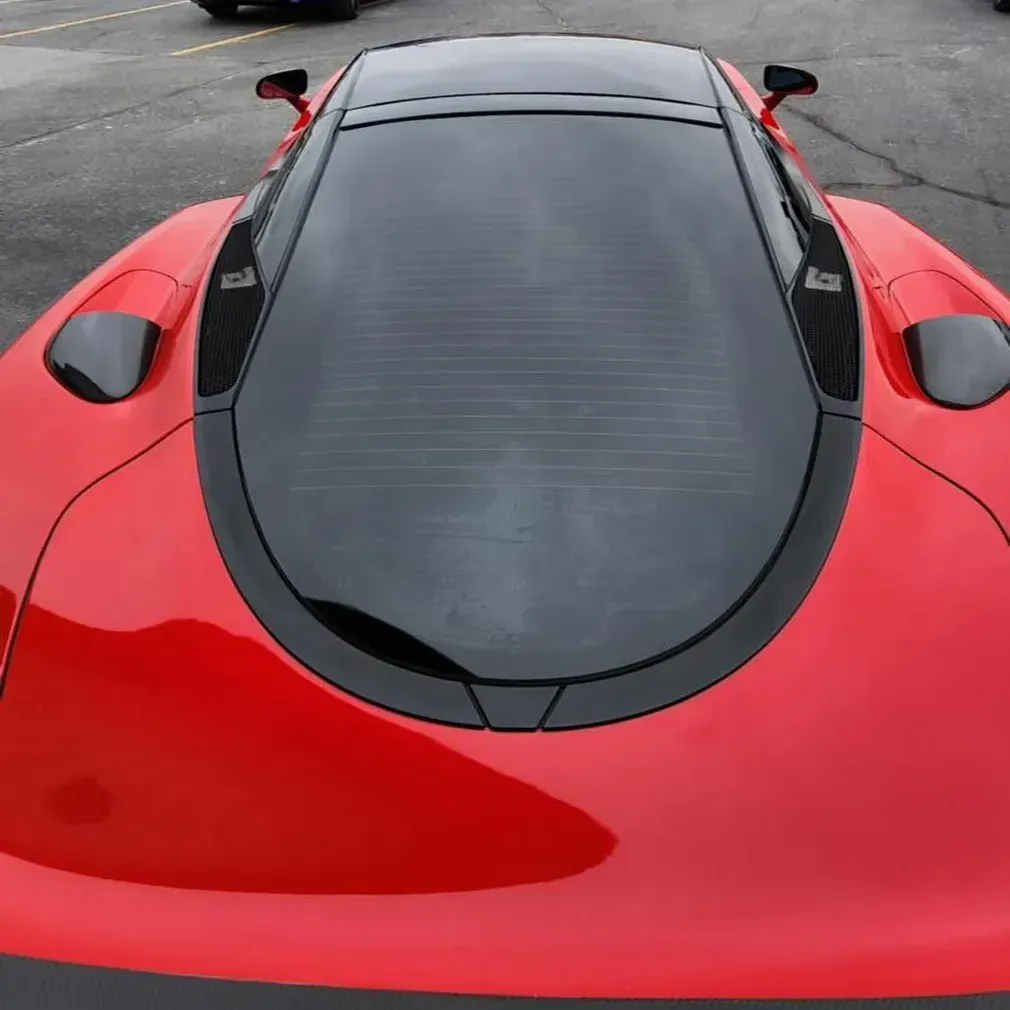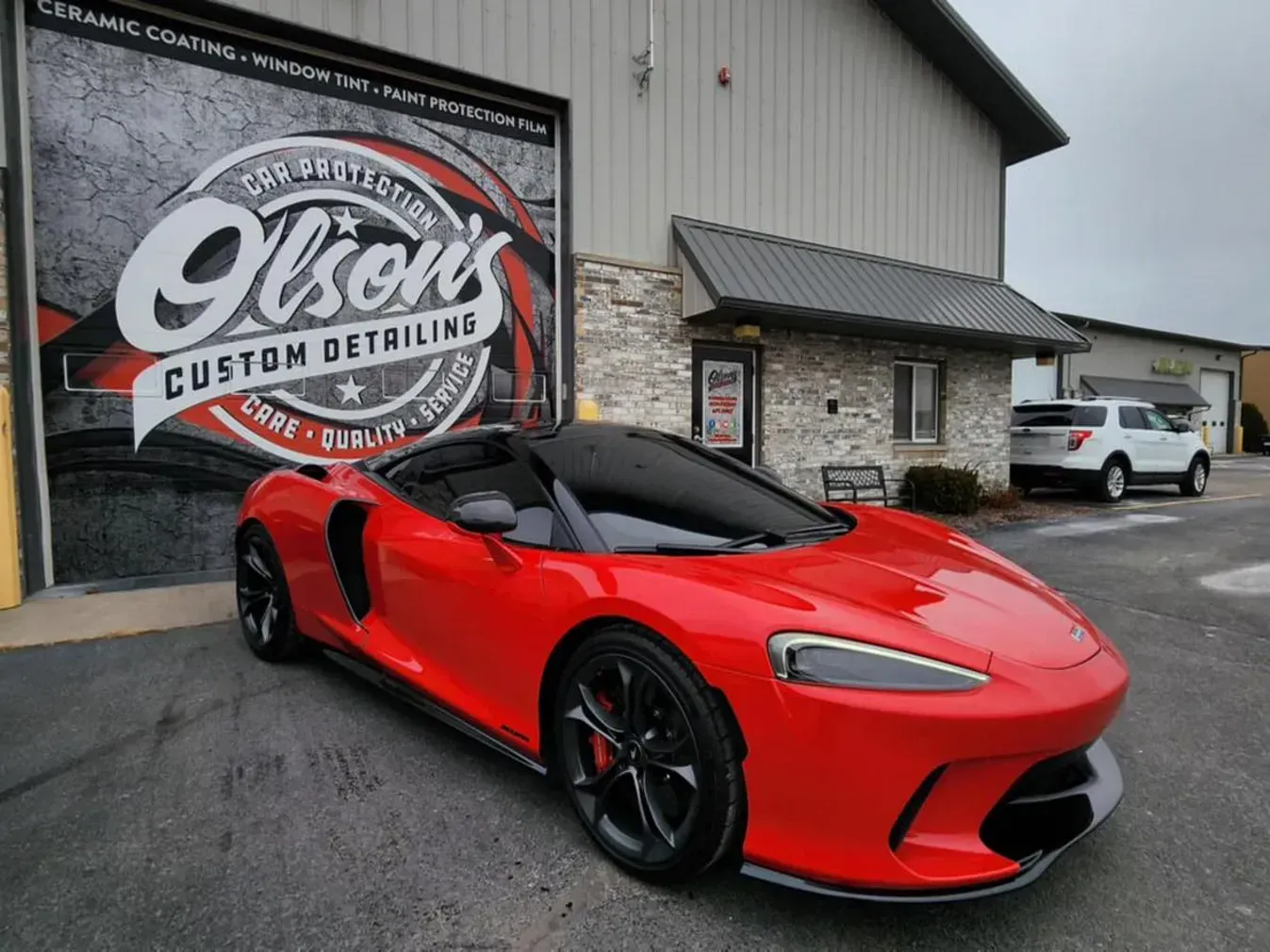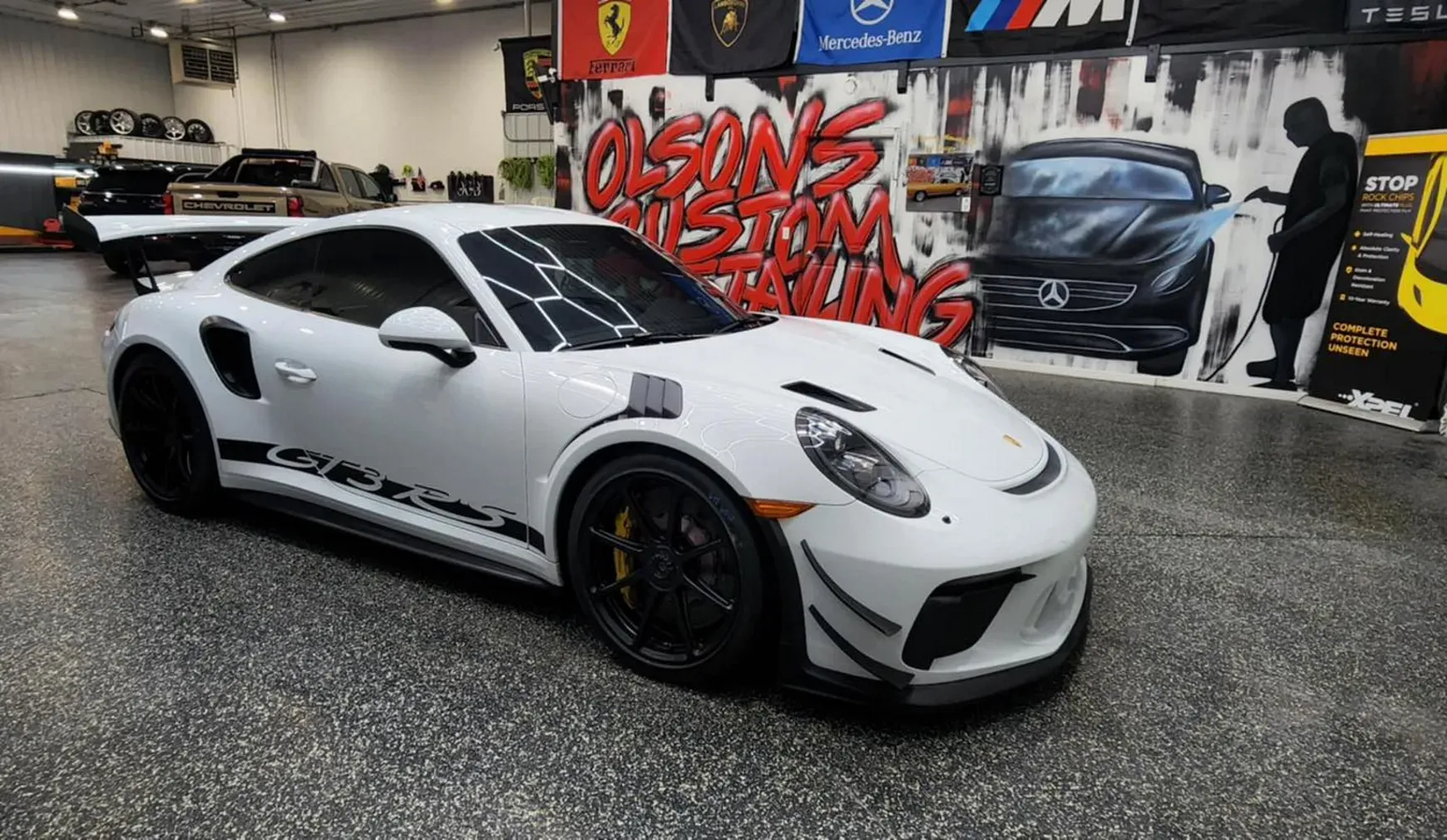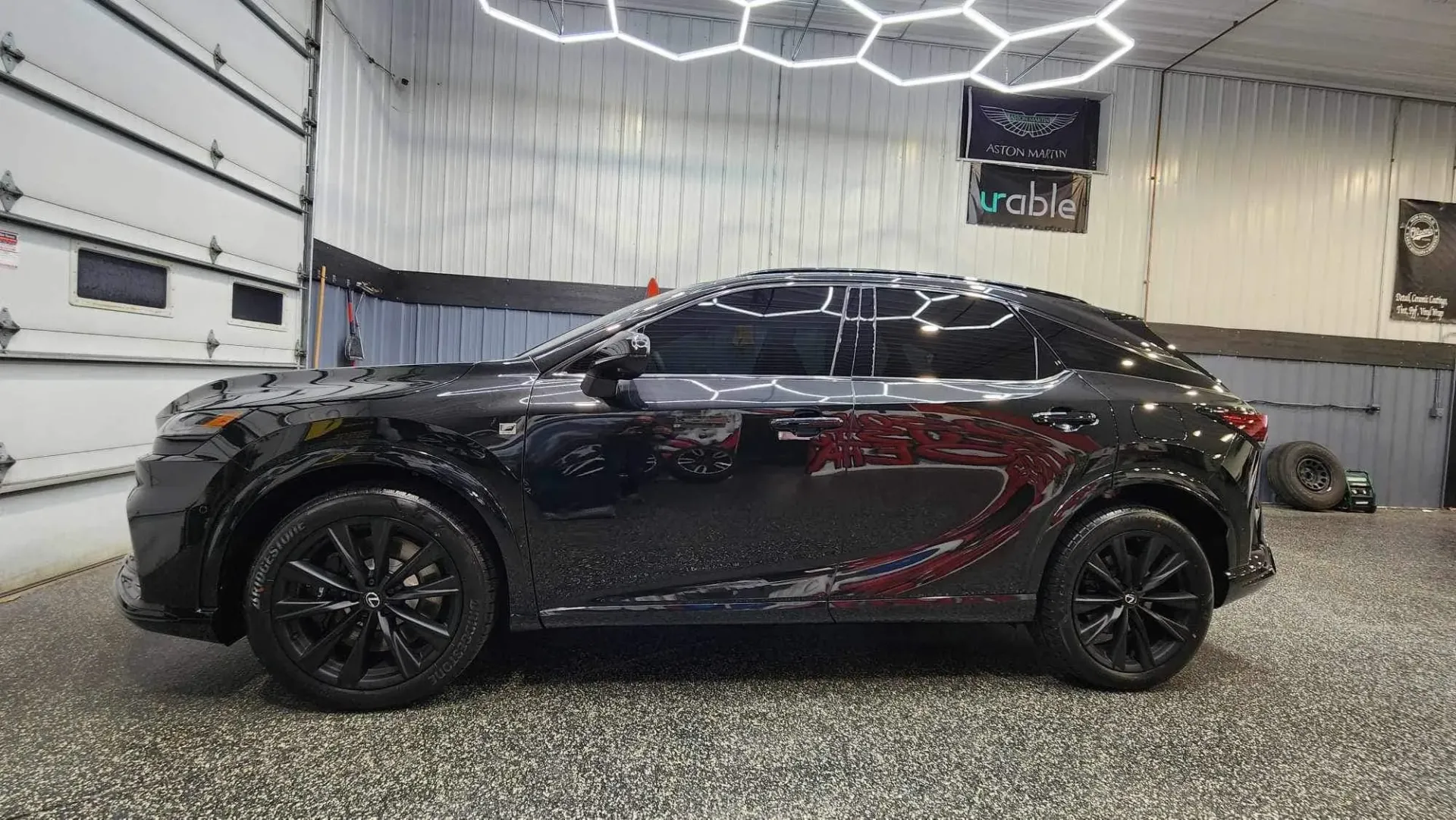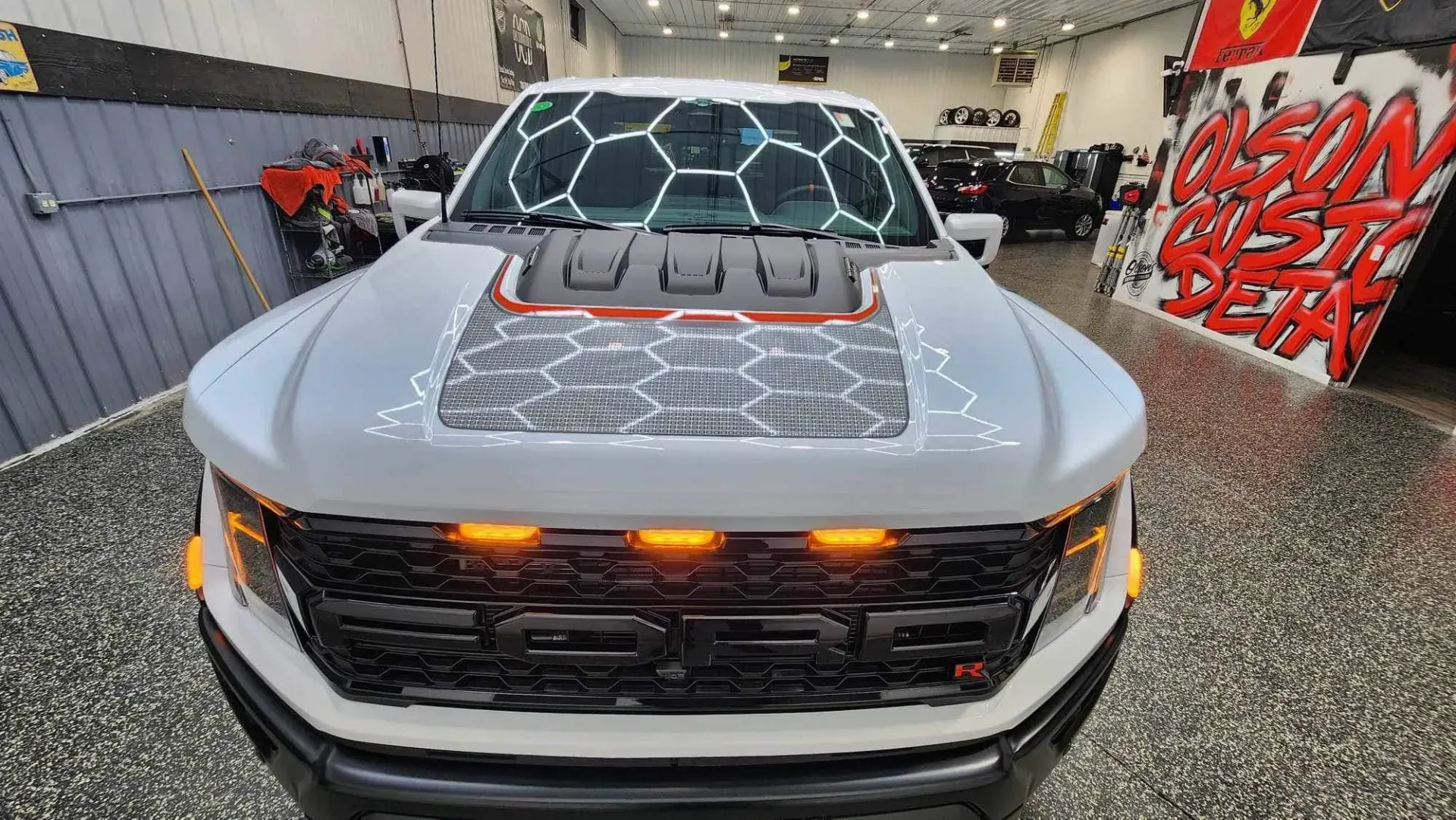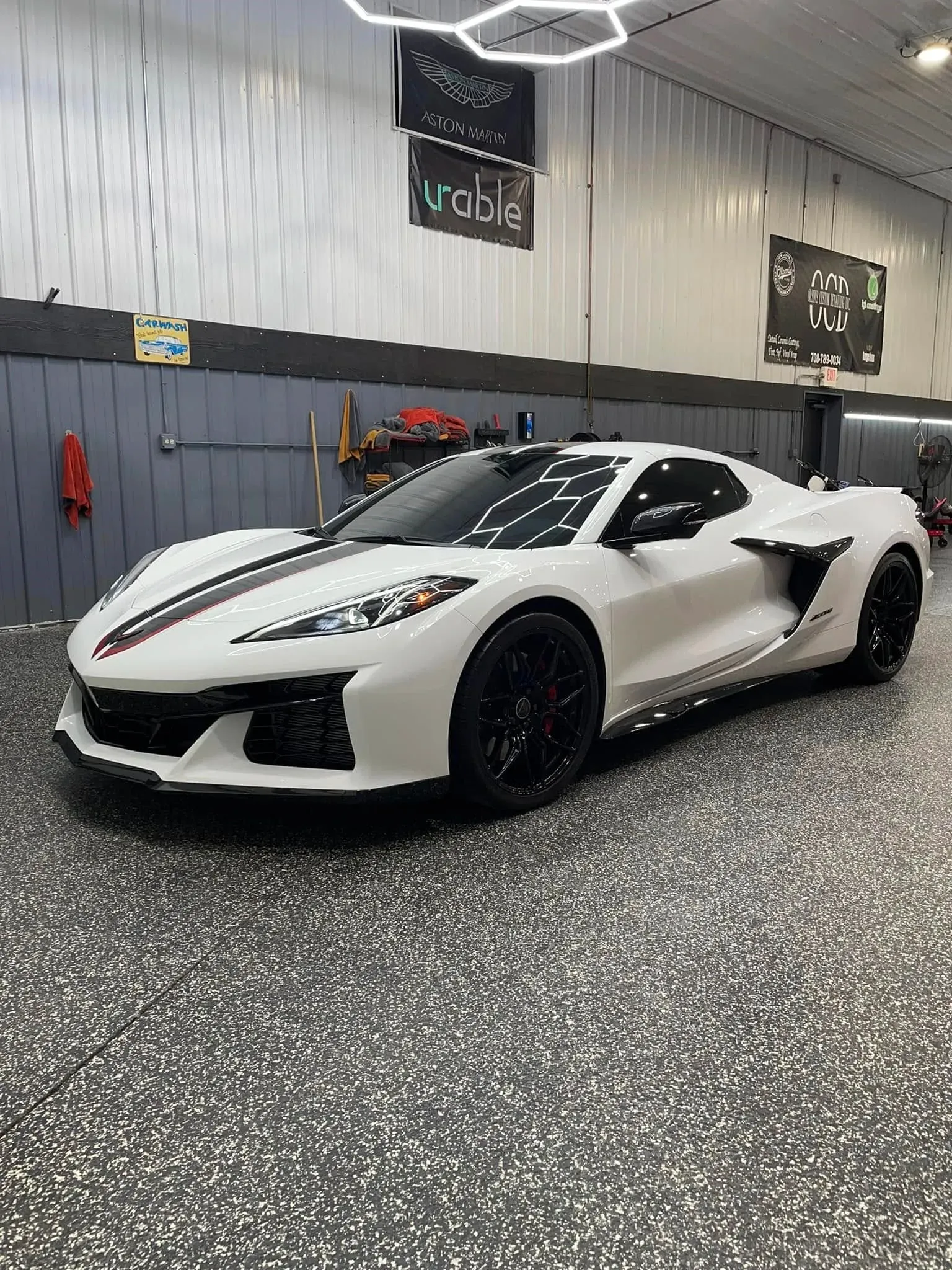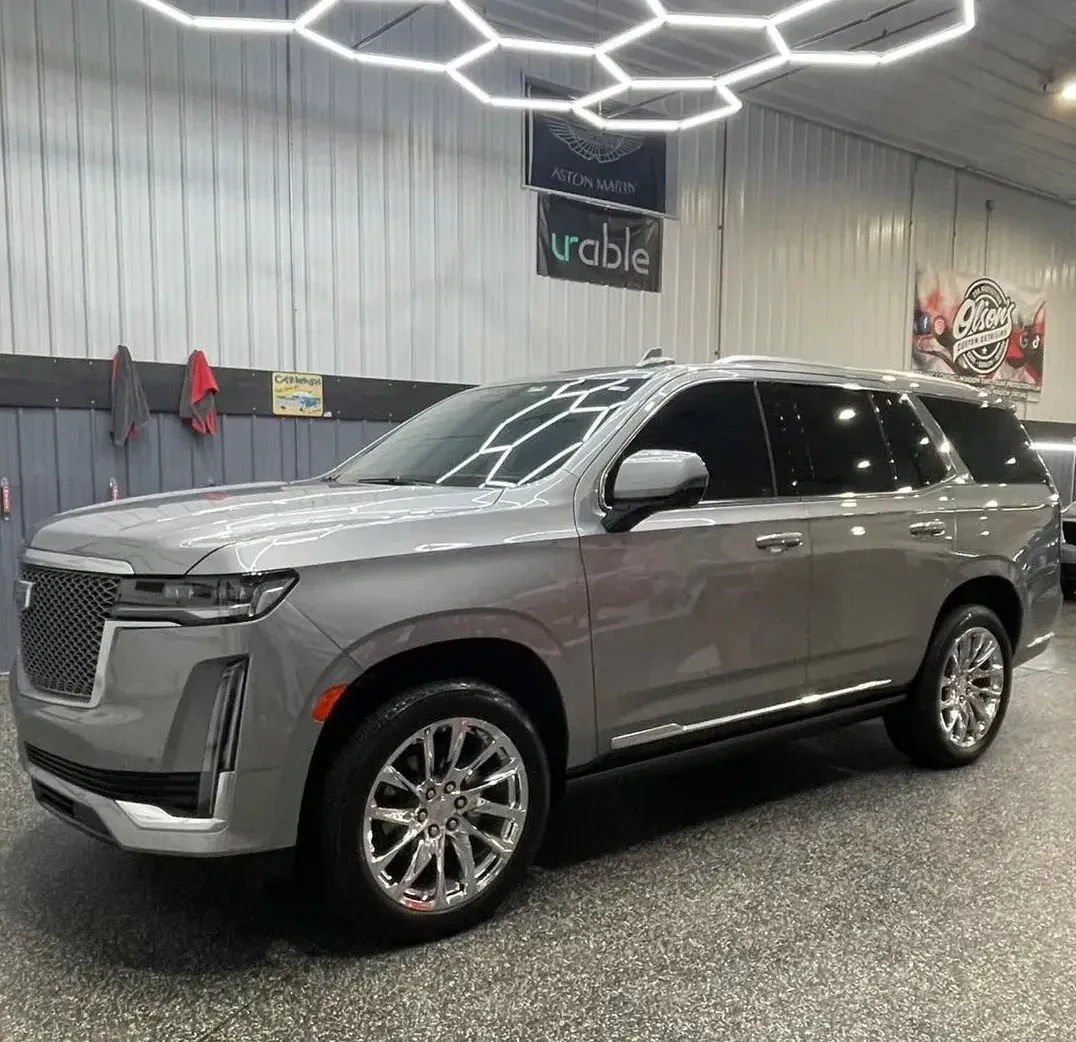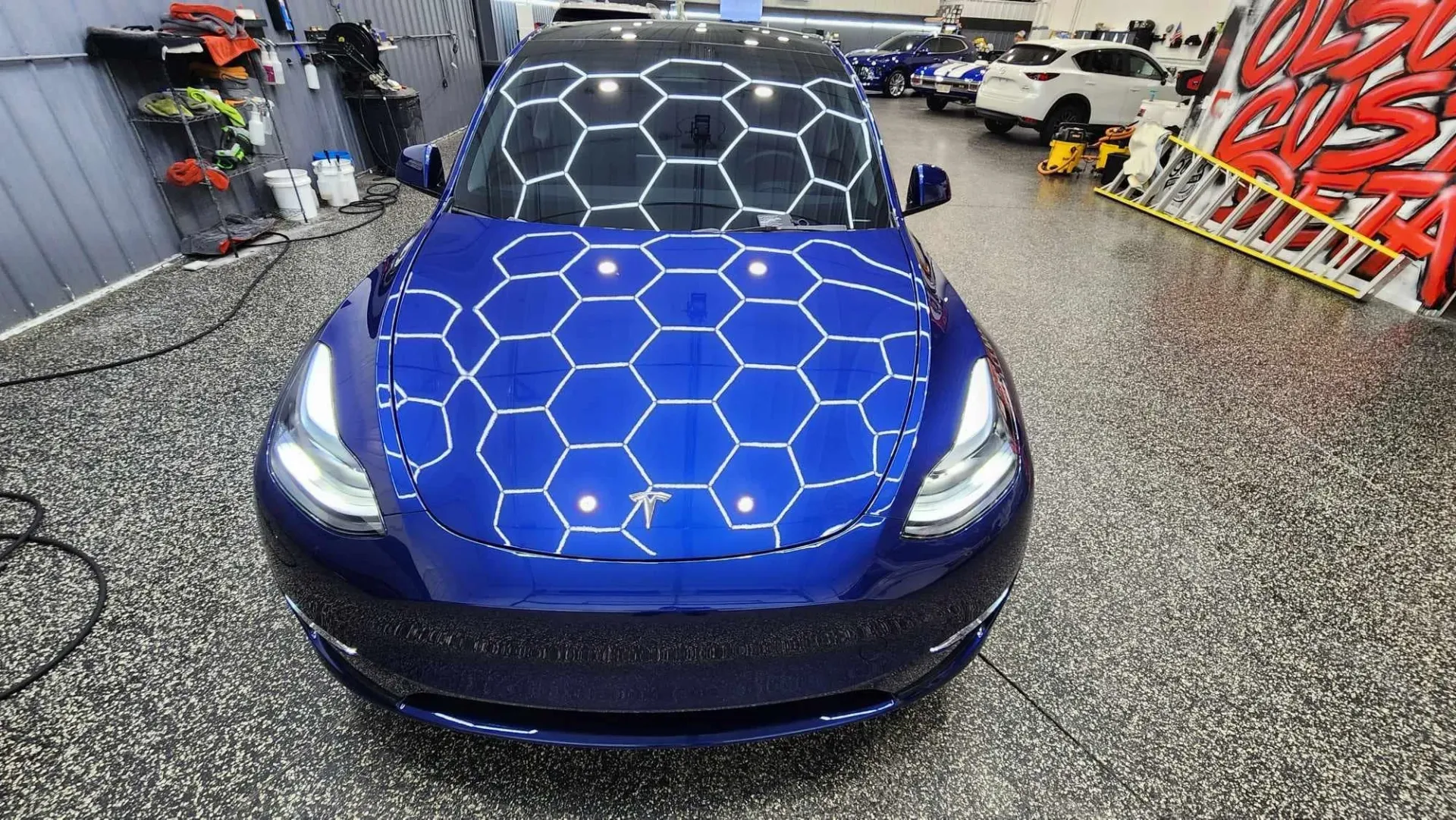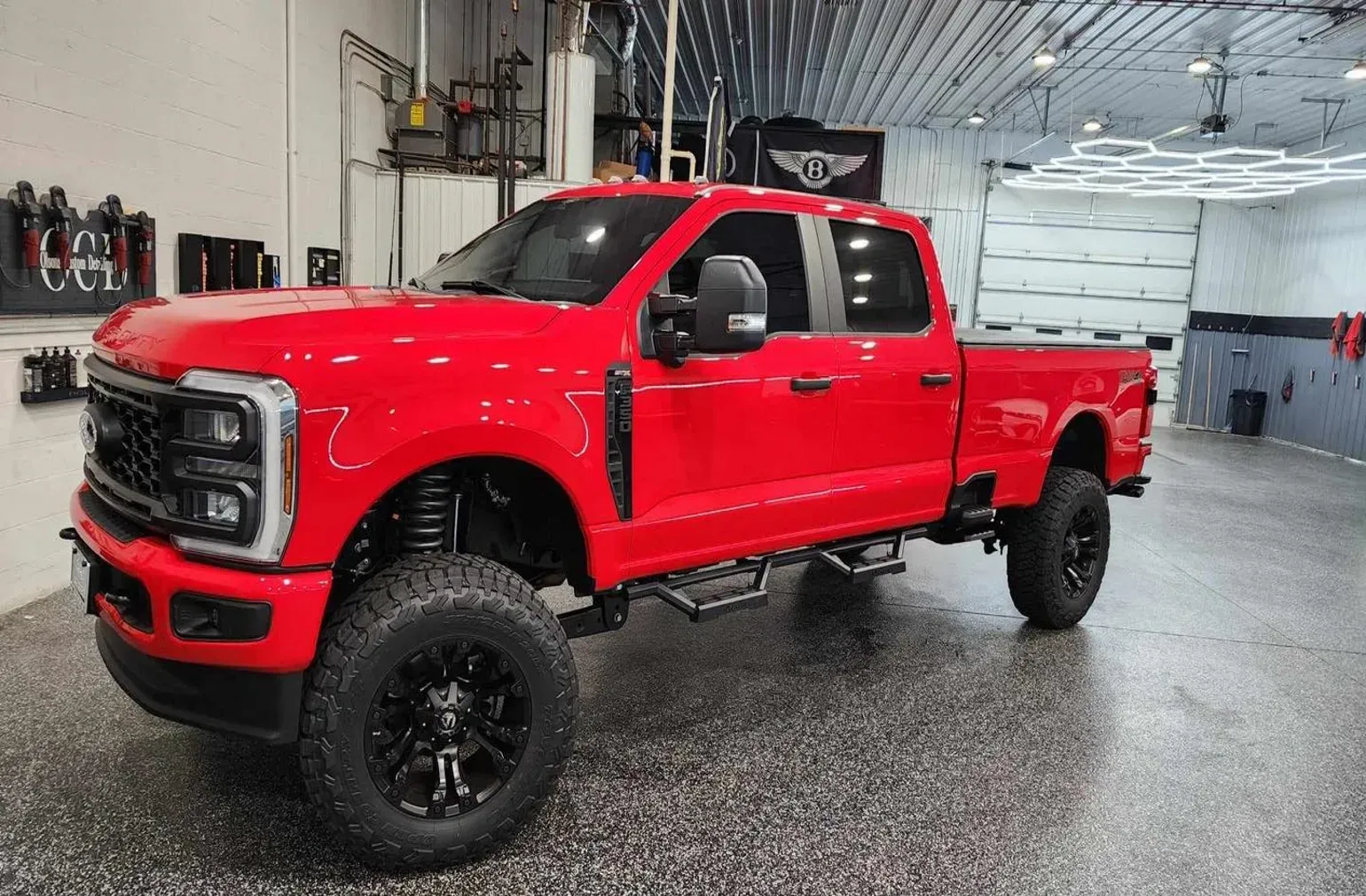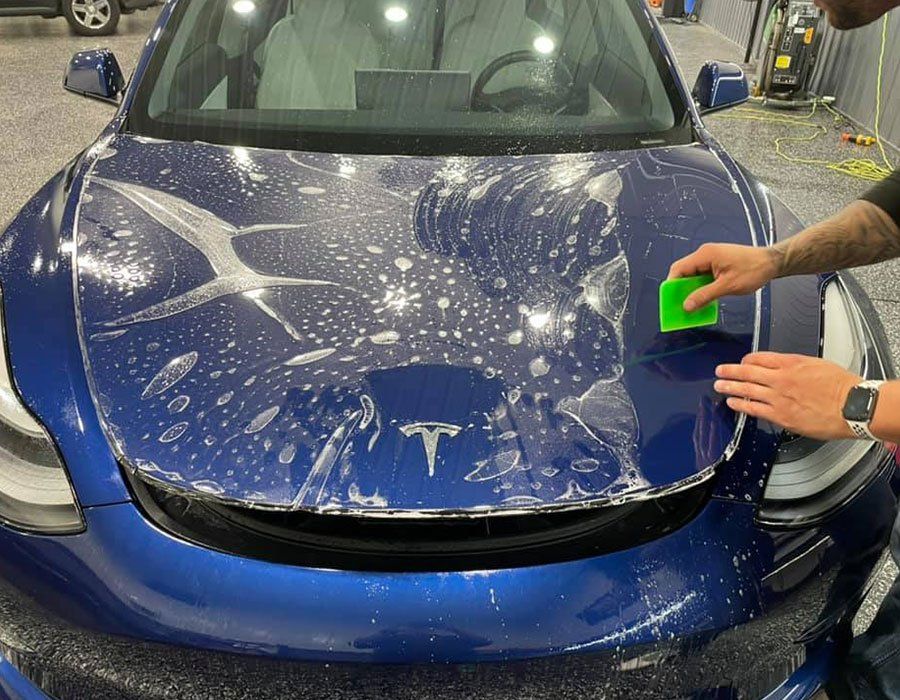Car Window Tinting Law in Illinois: Understanding Legal Rules and Regulations
Car window tinting can be more than just a stylish upgrade for your vehicle; it serves practical purposes like protecting your interior from sun damage, enhancing privacy, and keeping your car cooler during those hot summer days. However, before you decide to darken your windows, it's crucial to know the rules governing window tinting in Illinois. Many people don't know that vehicle type determines tint darkness. You would rather not invest time and money into a tint that could land you a ticket or require removal. In this article, we'll break down the regulations for car window tinting in Illinois to help you get the look you want while staying within legal limits. Let's dive in!
In Illinois, car window tinting is legal but must comply with specific Visible Light Transmission (VLT) regulations. For sedans and coupes, front-side windows must allow more than 35% of light through, while SUVs and vans require front-side windows to have over 50% VLT. Additionally, SUVs and vans can have any level of darkness on their rear and back windows. If any rear windows are tinted, dual side mirrors are required. Non-compliance can lead to fines ranging from $50 to $500 for a first offense and up to $500 for repeat violations. Always consult local Illinois laws or a professional tinting service to ensure compliance.
Illinois Tinting Law Overview
Illinois established window tinting laws in 2009 to regulate how much light must pass through vehicle windows. These laws help maintain road safety by ensuring visibility for drivers and law enforcement officers.
One of the unique aspects of Illinois’ tinting laws is that regulations differ for sedans, SUVs, and vans. Additionally, the state allows certain flexibility in tint levels, depending on which windows are tinted and whether the vehicle comes with factory-installed tint.
Unlike some states, Illinois does not require certification labels on tinted windows, nor does it restrict tint colors. However, dual-side mirrors are required if the rear window is tinted.
Permitted Tint Levels
The Visible Light Transmission (VLT) percentage determines how much light must pass through a window. The lower the VLT, the darker the tint. Illinois has different VLT limits based on vehicle type:
For Sedans:
- Windshield: Non-reflective tint is allowed only on the top 6 inches.
- Front Side Windows: Must allow more than 35% of light in.
- Back Side Windows: Must allow more than 35% of light in.
- Rear Window: Must allow more than 35% of light in.
For SUVs and Vans:
- Windshield: Non-reflective tint is permitted on the top 6 inches.
- Front Side Windows: Must allow more than 50% of light in.
- Back Side Windows: Any level of darkness is allowed.
- Rear Window: Any level of darkness is permitted.
Special Tinting Rules:
Illinois has some flexibility in its tinting laws:
- 35% VLT tint is legal on all windows, except the windshield.
- If the front side windows have 50% VLT, the back side windows cannot be darker than 30% VLT.
- If any back windows have a factory-installed tint of any darkness, the front side windows must have at least 50% VLT.
These rules allow for different tinting combinations, but miscalculating the tint level can still result in violations.
Material Specifications and Visibility
Illinois also has regulations on how reflective tint can be. While some states set clear guidelines on window reflection, Illinois law simply states that tint must be "non-reflective" without specifying an exact limit.
Reflection Rules for Sedans, SUVs, and Vans:
- Front Side Windows: Must be non-reflective (no specific reflection percentage is given).
- Back Side Windows: Must be non-reflective.
This means that highly mirrored or metallic tints may be considered illegal, so it’s best to choose a tint that is subtle and compliant.
Additionally, dual side mirrors are required if you have tinted rear windows, ensuring drivers still have clear visibility when reversing or changing lanes.
Law Enforcement Protocols for Window Tint Violations
Since window tint can affect visibility for law enforcement officers, Illinois police officers routinely check for tint compliance during traffic stops and safety inspections.
Officers use tint meters to measure VLT percentage and determine whether a vehicle meets legal standards. If your tint is too dark, you may receive a warning or a fine, depending on whether it’s a first-time or repeat offense.
Drivers with medical exemptions may be allowed darker tint, but they must provide proper documentation proving their medical condition requires additional UV protection.
Penalties for Illegal Tints
Violating the window tint laws in Illinois can result in fines and penalties. The severity of the fine depends on whether it’s a first offense or a repeat violation.
- First-time offense: Considered a petty offense with fines ranging from $50 to $500.
- Second or subsequent violations: Upgraded to a Class C misdemeanor with fines between $100 and $500.
While these fines may seem minor, multiple violations can add up quickly, and repeated offenses could lead to additional penalties, including potential vehicle inspection orders.
Tips for Compliance with Illinois Tint Laws
To avoid fines and ensure your vehicle meets state regulations, follow these best practices for legal window tinting in Illinois:
Avoid Excessively Reflective or Mirrored Tint
Illinois law requires window tint to be non-reflective, but it does not specify an exact reflection percentage. This means that while standard tints are generally acceptable, highly mirrored or metallic films may not be legal. Excessively reflective tint can cause visibility issues for both drivers and law enforcement, increasing the risk of a citation. To stay compliant, it’s best to choose a subtle, non-reflective tint that reduces glare without drawing unwanted attention. If you're unsure about the level of reflection allowed, consulting a professional tint installer can help ensure you select a legally approved film.
Ensure Dual Side Mirrors Are Installed If Rear Windows Are Tinted
If you plan to tint your rear window, Illinois law requires your vehicle to have dual side mirrors for adequate visibility. This rule applies to all vehicle types, including sedans, SUVs, and vans. Tinted rear windows can limit rearward visibility, making side mirrors essential for safe driving. Before applying tint, check whether your vehicle meets this requirement. If not, installing dual side mirrors will help you comply with the law while maintaining clear sightlines.
Get a Professional Installation to Avoid Mistakes
Applying window tint correctly requires skill and precision. Improper installation can lead to bubbles, peeling, or tint levels that don’t meet legal standards. DIY tinting kits may seem cost-effective, but they often result in uneven application or films that fade quickly. A professional tint installer ensures a flawless finish while making sure your vehicle complies with Illinois' VLT and reflection requirements. Investing in professional installation improves durability and helps avoid costly fines or the need for reinstallation.
Be Aware of Factory-Tinted Windows
Many vehicles, especially SUVs and vans, come with factory-tinted rear windows that are already darker than the front windows. If your vehicle has a pre-installed tint, adding aftermarket film could make it too dark to be legal. Illinois law states that if the back windows have factory tint, the front side windows must have at least 50% VLT. Before applying extra tint, check your vehicle’s current VLT levels to avoid unknowingly exceeding legal limits.
Know the Consequences of Non-Compliance
Failing to follow Illinois’ window tint laws can result in fines and penalties. A first-time offense is considered a petty offense, with fines ranging from $50 to $500. Repeat violations can escalate to a Class C misdemeanor, with penalties between $100 and $500. Additionally, law enforcement may demand that illegal tint be removed, which would incur additional expenses and cause inconvenience. Staying within legal limits prevents unnecessary expenses and ensures your tint remains compliant.
Keep Documentation for Medical Exemptions
Illinois allows medical exemptions for individuals who need darker window tints for health reasons. However, proper documentation is required to qualify for an exemption. If you have a medical condition that requires reduced sun exposure, consult state authorities to understand the exemption process. Keeping a valid medical exemption letter in your vehicle can help you avoid fines or unnecessary removal of your tint.
When in Doubt, Consult a Tinting Professional or Local Law Enforcement
If you’re unsure about Illinois’ window tinting regulations, it’s best to consult a professional tint installer or local law enforcement before applying film to your windows. Licensed professionals stay updated on legal tint levels and can guide you in choosing the right film for your vehicle. Verifying compliance in advance helps prevent fines and ensures your tint meets state-approved standards.
Final Words
For the best experience and to ensure full compliance, consider booking an appointment with us at Olson’s Custom Detailing Inc. We take pride in our knowledge of local laws and offer a seamless service focused on customer satisfaction. Our team will guide you through your options, ensuring that you're both stylish and legal on the road.
By following these practical tips, you can confidently enjoy the advantages of window tinting while steering clear of legal entanglements—allowing you to focus more on enjoying your time behind the wheel rather than worrying about the possible repercussions of non-compliance.
To explore your window tinting options today, call us at (708) 789-0034.

Olson’s Custom Detailing Inc is an all-inclusive paint protection and vehicle detailing company in New Lenox, Illinois. Founded in 2019, we at Olson’s Custom Detailing Inc have fostered company-wide customer service standards that are sure to meet and exceed your standards. Whether you are searching for the most lustrous paint finish with our ceramic coating packages, self-healing protection against surface defects with our XPEL Clear Bras, XPEL window tint films, or complete interior and exterior vehicle detailing services, we do it all!
QUICK LINKS
OUR LOCATION
12546 W Harvey Dr, New Lenox, Illinois, 60451, United States
CONTACT US
Phone: (708) 789-0034
Email: olsonsdetailing@yahoo.com
HOURS OF OPERATION
Monday-Friday: 6:00 AM - 4:00 PM, By Appt Only
Saturday-Sunday: Closed
FOLLOW US ON SOCIAL MEDIA
Designed by the team at Detailers Roadmap, a platform developed for detailing operators across the globe.
All Rights Reserved | 8bitcreative, LLC | Olson’s Custom Detailing Inc.

